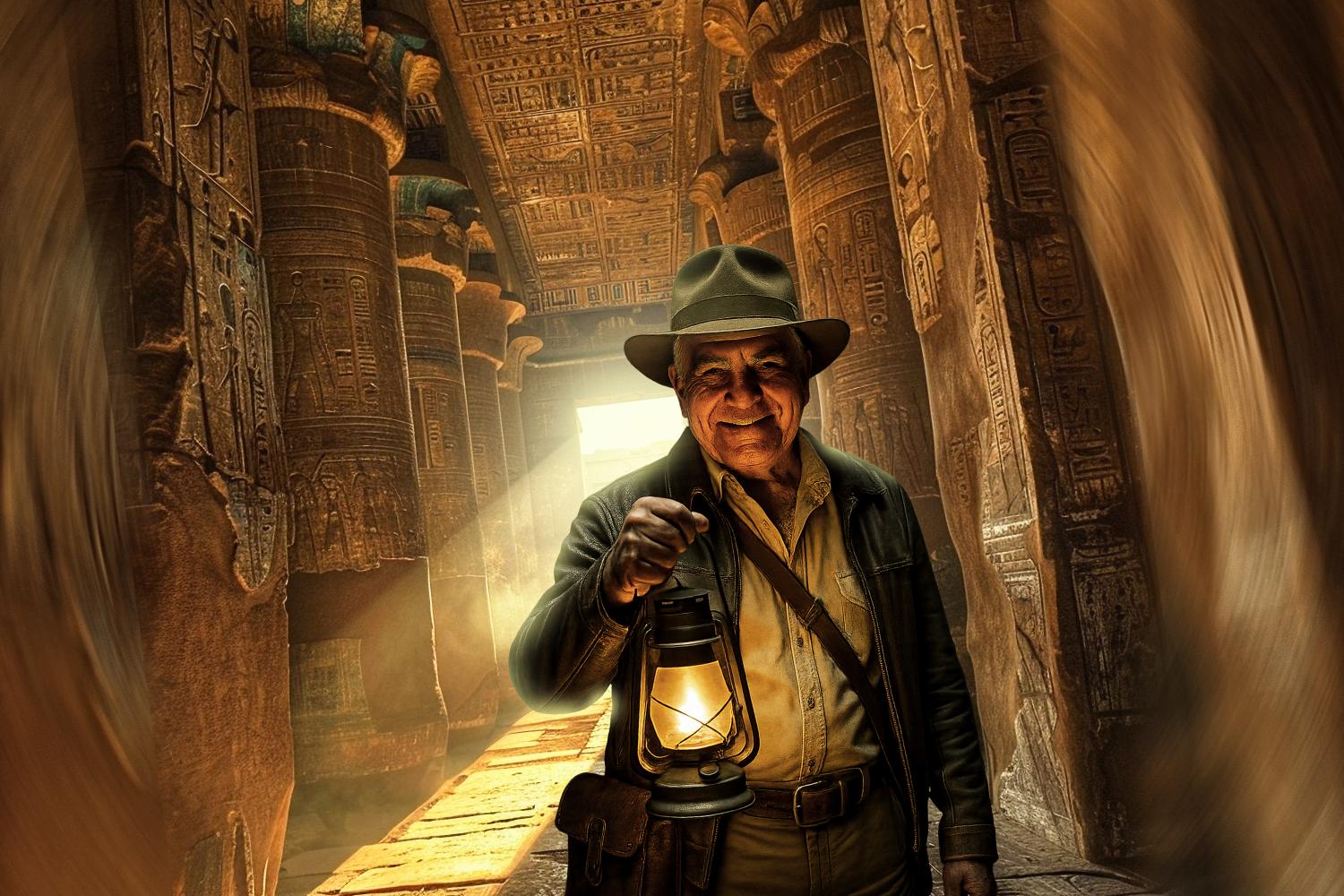
Egyptologist Zahi Hawass
Guardians of Antiquity: From Dig Sites to Global Icon
Egypt, a land steeped in millennia of mystique and grandeur, has long captivated the imagination of luxury travelers. While its iconic pyramids and temples stand as enduring testaments to an extraordinary past, the ongoing revelation of its secrets is largely thanks to the tireless efforts of a modern-day titan: Egyptologist Zahi Hawass. Known globally for his signature Indiana Jones-esque hat and his fervent passion for preserving Egypt's heritage, Hawass has become an undisputed figure in archaeology, bringing the stories of pharaohs, queens, and common folk to life for millions. For those embarking on a bespoke journey to this ancient land, understanding his profound contributions enriches every step through its hallowed grounds.

Egyptologist Zahi Hawass is Unearthing Egypt's Soul.
For decades, Zahi Hawass has stood at the forefront of archaeological exploration in Egypt. His career is not merely a chronicle of digs and discoveries but a masterclass in public archaeology, seamlessly blending rigorous scientific work with compelling storytelling. His role as the former Secretary-General of the Supreme Council of Antiquities (now the Ministry of Tourism and Antiquities) positioned him as the guardian of Egypt's ancient treasures, giving him unparalleled influence over how its rich history is both unearthed and presented to the world.
The Legendary Discoveries of Egyptologist Zahi Hawass
So, what did Zahi Hawass discover? The list is extensive and remarkable, spanning numerous iconic sites and providing invaluable insights into ancient Egyptian civilization. His work has illuminated previously unknown facets of ancient life, death, and beliefs.
The Excavation of the Valley of the Golden Mummies
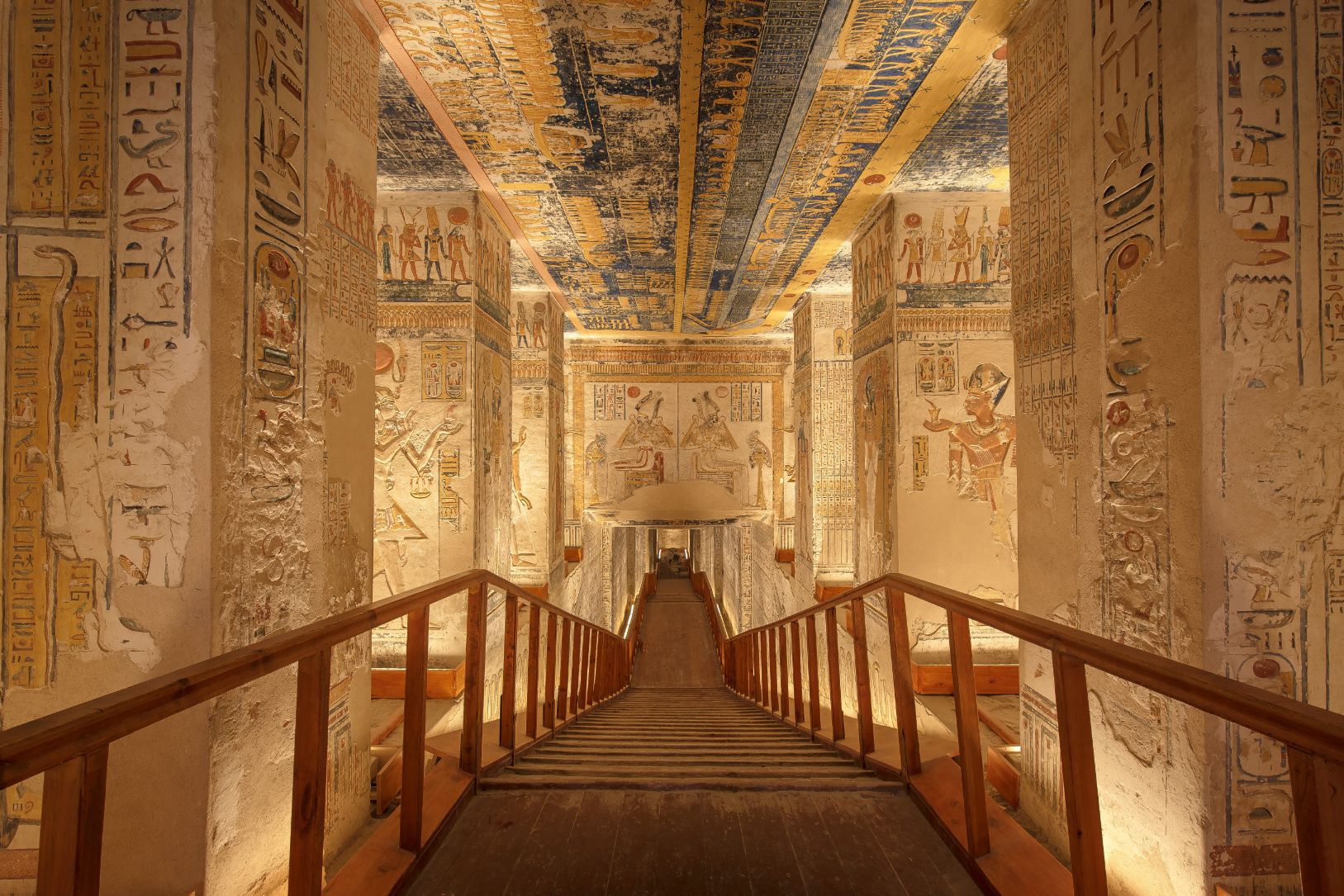
The Excavation of the Tombs of the Pyramid Builders at Giza
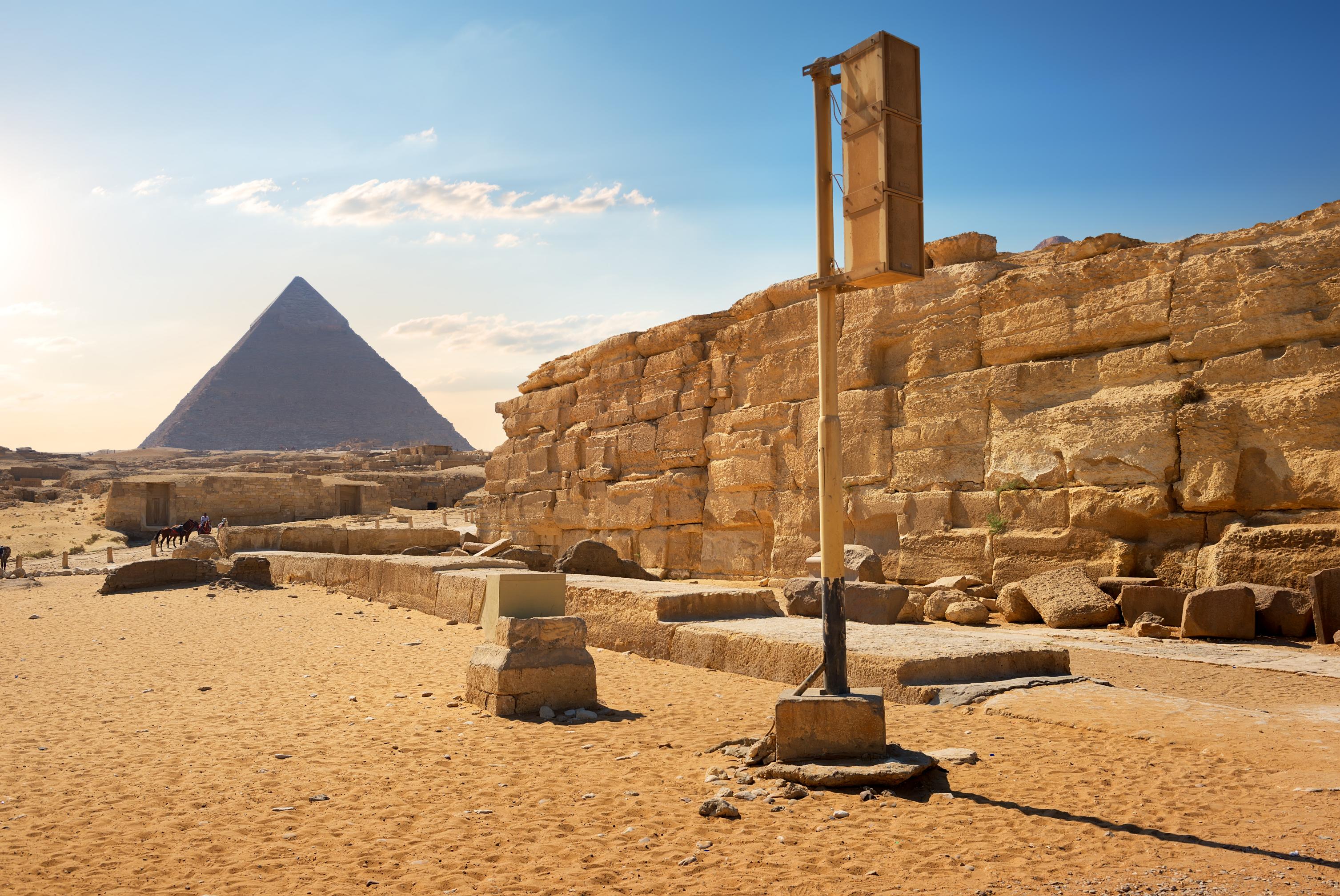
Egyptologist Zahi Hawass and The Tomb of Queen Hetepheres
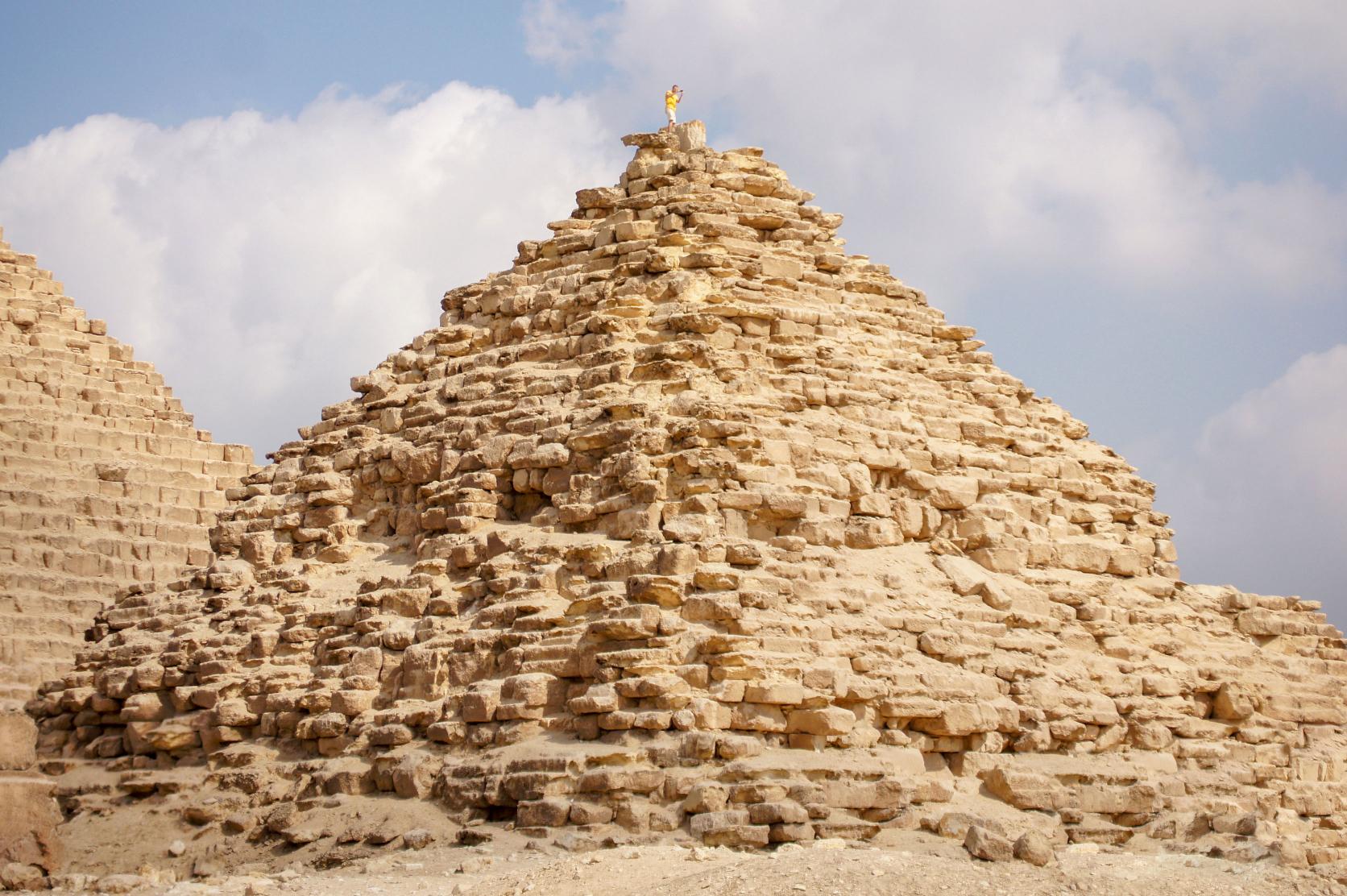
The Giza Plateau and Saqqara
Beyond these major finds, Egyptologist Zahi Hawass has been instrumental in numerous smaller but equally important excavations, unearthing various artifacts, statues, and parts of ancient towns, particularly around the Giza Plateau and Saqqara. His teams have consistently brought to light new evidence that refines our understanding of ancient Egyptian daily life, religious practices, and funerary rituals. He has also been a leading advocate for using modern scientific techniques, such as CT scans and DNA analysis, to study mummies, helping to identify royal figures like Hatshepsut and shed light on the diseases and lifestyles of ancient Egyptians, including King Tutankhamun.
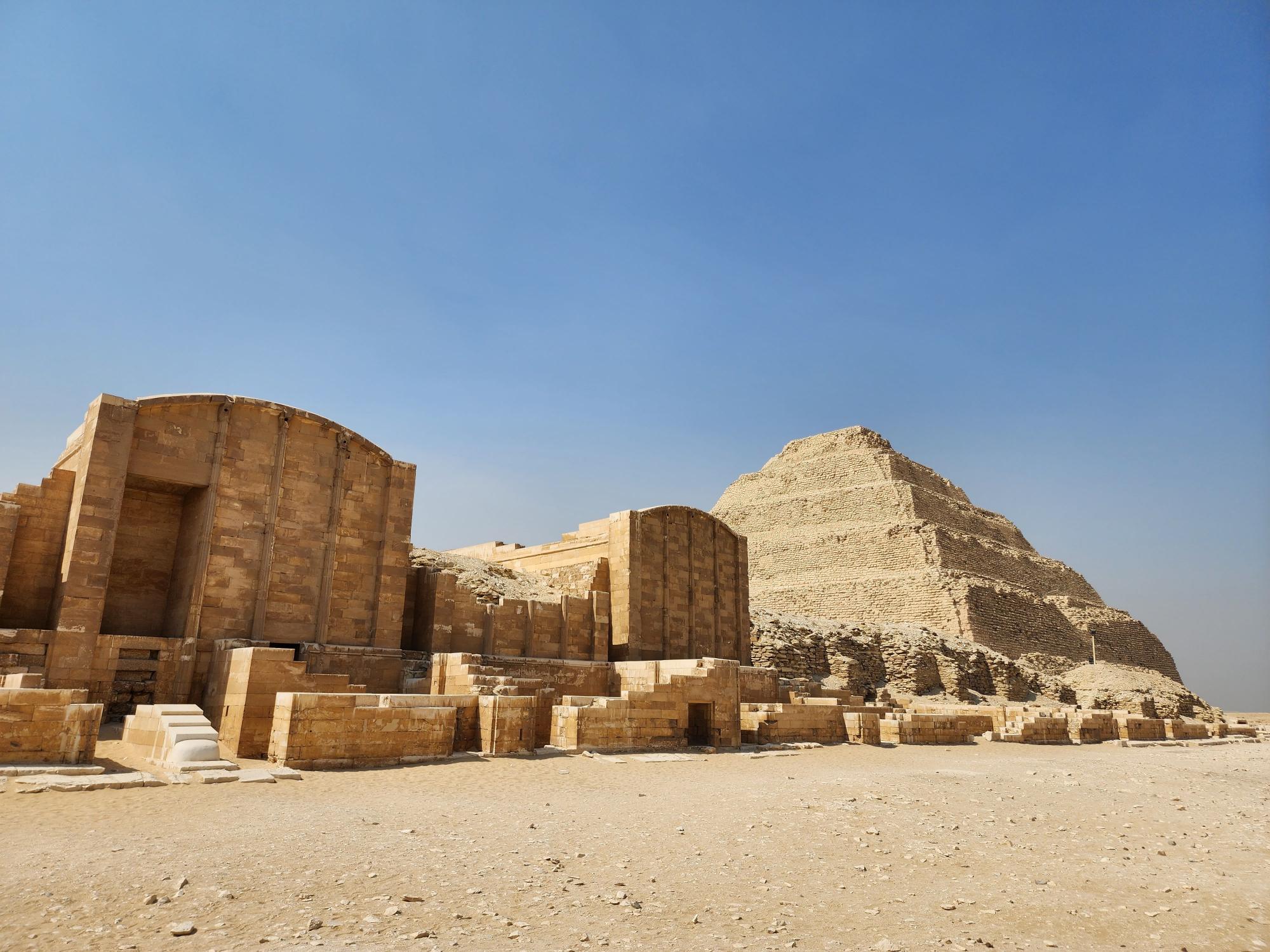
The Repatriation of Egyptian Artifacts
Hawass’s dedication extends beyond excavation. He is a vocal proponent for the repatriation of Egyptian artifacts held in museums abroad. He has tirelessly campaigned for the return of iconic pieces like the Rosetta Stone and the Bust of Nefertiti, asserting Egypt's rightful ownership of its cultural heritage. This advocacy has not only spurred international debate but also fostered a greater appreciation worldwide for the importance of cultural patrimony. His efforts emphasize that true appreciation for ancient artifacts often comes when they are viewed in their original cultural context.
The Natural Wonders Beyond the Sands: From Pyramids to Dragon Eye Rock
While Egyptologist Zahi Hawass dedicates his life to unearthing the man-made wonders of ancient Egypt, the country itself is also home to breathtaking natural landscapes that add another dimension to a luxury travel experience. Beyond the meticulously excavated tombs and grand temples, visitors can discover geological marvels that offer a stark contrast to the historical sites yet are equally captivating.
For instance, while not an archaeological discovery by Hawass, destinations like the Sinai Desert hold fascinating geological formations that ignite the imagination. Some might even evoke images of the fantastical, such as the intriguing "Dragon Head Mountain" (often mistakenly referred to as "dragon eye rock" due to its distinctive features and a cave that appears like an eye). This natural rock formation, part of Egypt's diverse geology, showcases the Earth's artistic prowess, carved by millennia of wind and erosion. While it doesn't fall under the purview of pharaonic archaeology, its unique appearance makes it a compelling natural wonder for the adventurous luxury traveler seeking something truly off the beaten path. These natural phenomena remind us that Egypt's allure extends far beyond its ancient civilizations, offering a blend of historical depth and natural beauty. Exploring such sites provides a unique perspective on the country's diverse topography, complementing a journey steeped in archaeological discovery.
Integrating such natural wonders into a luxury itinerary allows for a holistic experience, combining the unparalleled archaeological insights gained from the work of figures like Egyptologist Zahi Hawass with the raw, untouched beauty of Egypt's diverse landscapes. Imagine a day spent marveling at a pharaonic temple, followed by an evening under a canopy of stars in a remote desert landscape, perhaps with a distant view of such unique geological formations.
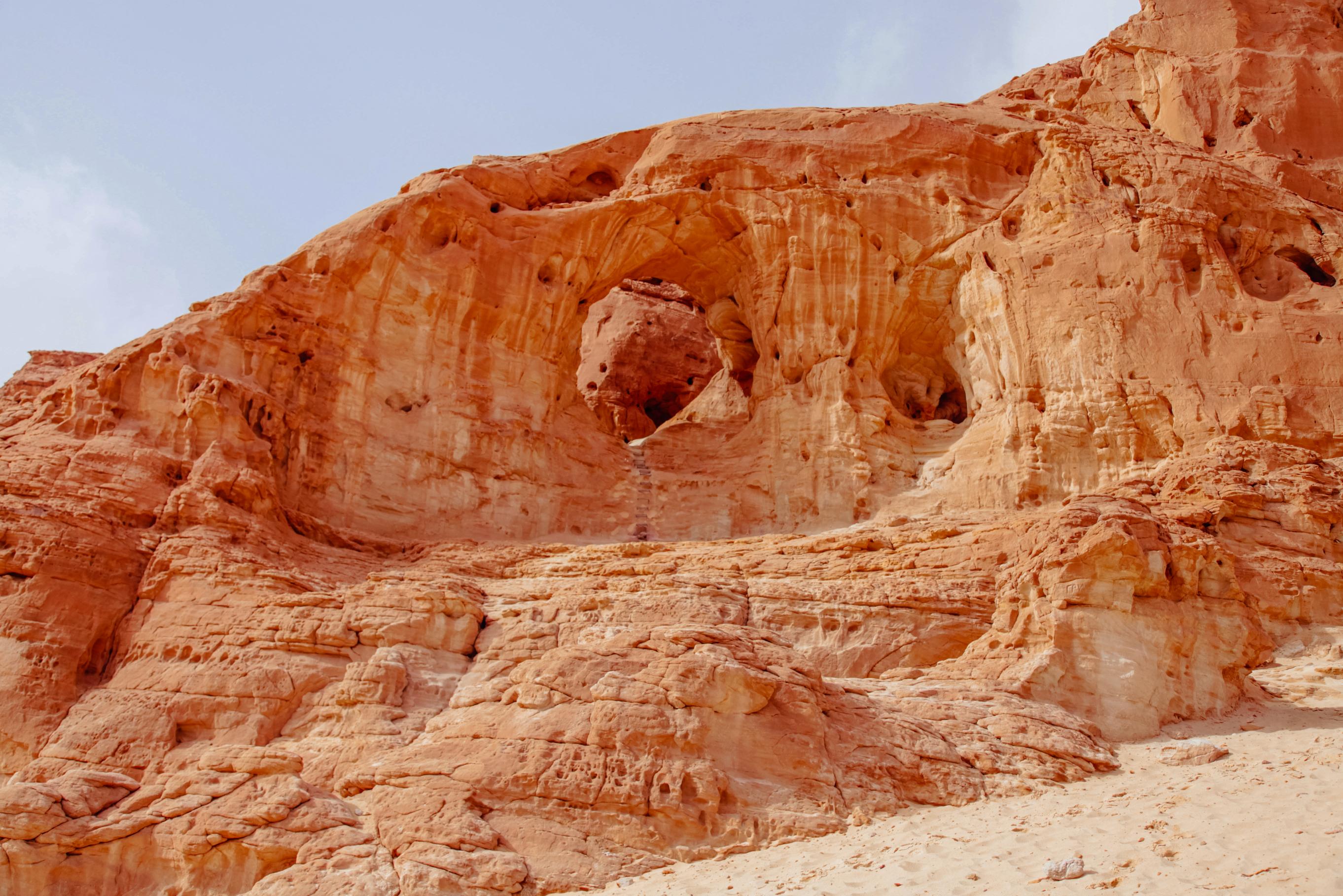
The Architect of Modern Egyptian Archaeology's Image
Beyond his numerous discoveries, Egyptologist Zahi Hawass is arguably the most recognizable face of Egyptian archaeology. He has leveraged media extensively, starring in documentaries for National Geographic, Discovery Channel, and others, bringing the excitement of archaeological discovery directly into homes around the world. His articulate explanations, charismatic presence, and undeniable passion have made ancient Egypt accessible and thrilling to a global audience. This public engagement has played a crucial role in fostering international interest in Egypt's heritage and, by extension, promoting luxury tourism to the country. He understands that the stories unearthed are not just for academics but for everyone.
His influence was particularly evident during monumental events such as the "Pharaohs' Golden Parade" in 2021, where royal mummies were ceremoniously moved to the National Museum of Egyptian Civilization. Hawass was a prominent figure, articulating the historical significance and cultural importance of the event to a global audience. Such spectacles, guided by his expertise, highlight the continuous efforts to preserve and celebrate Egypt's unparalleled historical legacy.
For the Luxury Traveler: Special session with Egyptologist Zahi Hawass
For the luxury traveler to elevate your package, you can have a special session with Egyptologist Zahi Hawass. If you want to take your trip experience to a higher level of luxury, you can get a session to spend time with an Egyptologist and learn more about Egyptian civilization and history.
Imagine a private audience, delving deep into ancient secrets and historical insights directly from the world's most celebrated archaeologist. This unparalleled experience elevates your understanding of Egyptian civilization, offering a truly bespoke and scholarly adventure. Immerse yourself in history with the master himself – a once-in-a-lifetime opportunity for the discerning traveler.
In conclusion, the contributions of Egyptologist Zahi Hawass to the field of archaeology are immense and enduring. His tireless excavations, pioneering use of modern technology in mummy studies, fierce advocacy for artifact repatriation, and unparalleled ability to communicate the wonders of ancient Egypt have collectively transformed our understanding and appreciation of this extraordinary civilization. For anyone dreaming of a luxury journey through Egypt, understanding the legacy of Egyptologist Zahi Hawass enhances the experience, making every pyramid, temple, and artifact not just an ancient relic but a vibrant testament to a living history, continuously revealed through his dedication. He is not just digging up the past; he is bringing it powerfully into the present.
Related Articles

Secret Wonders of Saqqara and Memphis
Beyond the iconic Giza Plateau explore the profound archaeological sites of Saqqara and Memphis.
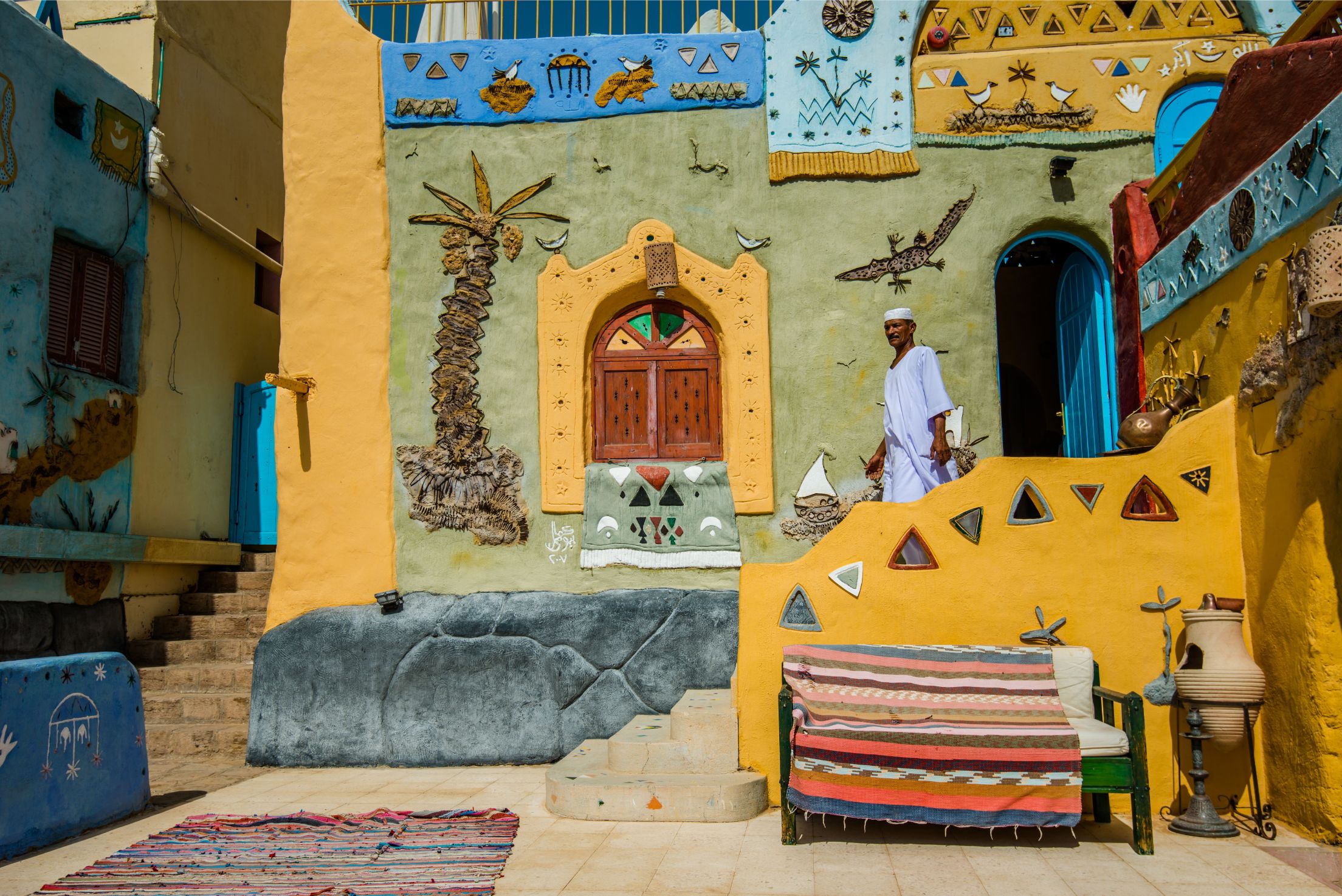
The Nubian Village in Egypt is a Magic Experience
The Nubian Village is a Spellbinding Cultural Adventure. Secret Stories from the Nubian Village in Egypt You Need to Know
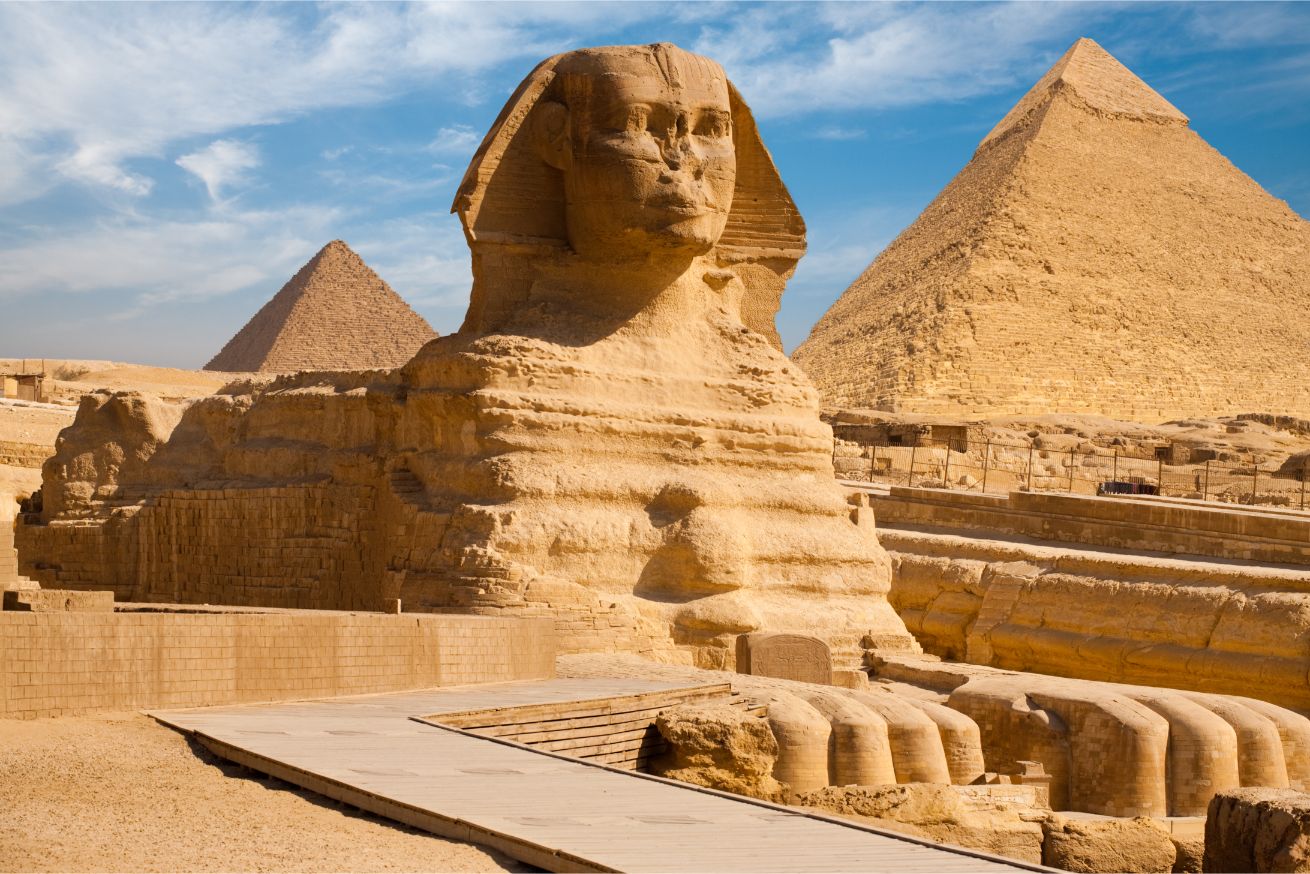
Mysteries of the Sphinx between Myths and Facts
What secrets does the Sphinx still hold? Join us as we unravel fact from myth, exploring the fascinating stories behind one of history’s most enigmatic monuments.
